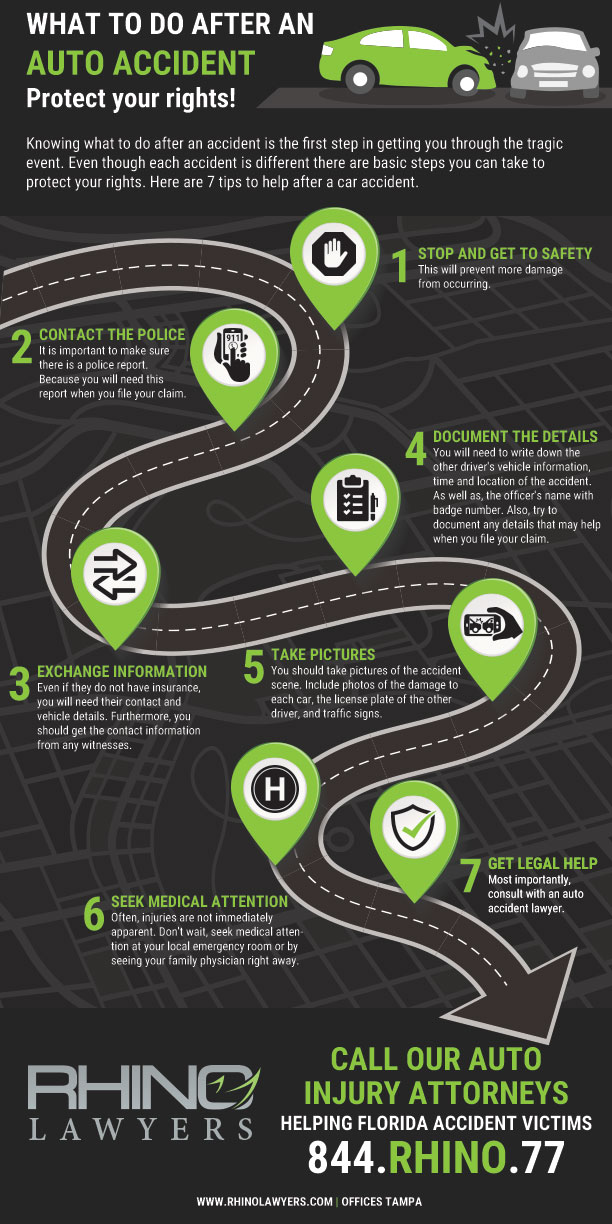The Insurance Institute for Highway Safety says that every year, 2% more deaths occur from motor vehicles involving bicyclists. Understanding when a bicycle accident is most likely to happen can help riders and drivers stay safe.
What are the conditions that make some riskier than others? Today we’re taking a closer look into the timing of bicycle accidents, the factors that contribute to them, and practical steps to improve safety.
Understanding Bicycle Accident Trends
Bicycle accidents are influenced by patterns that help reveal why and how they occur. These trends can shed light on the dangers faced by cyclists and inform safer practices. Three key factors shape these patterns:
- The type of collision and its causes
- The setting where accidents are most frequent
- The age groups most at risk
The Type of Collision and Its Causes
Most bicycle accidents involve collisions with motor vehicles, often caused by distracted driving or failure to yield. Cyclists are also at risk from poor road conditions, such as potholes or debris, which can lead to falls or loss of control.
The Setting Where Accidents Are Most Frequent
Urban areas account for the majority of bicycle accidents. Higher traffic volumes, intersections, and a mix of vehicles and cyclists make these settings more dangerous. In contrast, rural areas may have fewer accidents but a higher chance of severe outcomes due to faster vehicle speeds.
The Age Groups Most at Risk
Children and young adults are involved in many bicycle accidents, often due to inexperience or risky behavior. Adults commuting by bike may also face risks, particularly during rush hour or in poorly lit conditions.
When Do Most Bicycle Accidents Happen?
Bicycle accidents are more likely during specific times and under certain conditions. Recognizing these patterns can help cyclists and drivers take precautions. There are three primary factors that determine when accidents are most common:
- The time of day
- The day of the week
- Seasonal and weather conditions
The Time of Day
Bicycle accidents are most frequent during the late afternoon and early evening. It often coincides with rush hour when traffic is heavier, and drivers are more likely to be distracted or fatigued.
Low-light conditions during these hours can also reduce visibility for both cyclists and motorists. Nighttime poses even greater risks, with poor lighting making it harder for drivers to see cyclists.
The Day of the Week
Weekdays generally see a higher number of bicycle accidents. Commuters on bikes share the road with cars during peak traffic hours, creating more opportunities for collisions. On weekends, recreational cycling increases, but these accidents tend to occur on less crowded roads or trails and are sometimes less severe.
Seasonal and Weather Conditions
Summer is the peak season for bicycle accidents. More people ride during warmer months, often for recreation or commuting, increasing the chances of incidents. Rainy or snowy weather can also contribute to accidents, as slippery roads make it harder to control a bike and reduce stopping distances for vehicles.
Key Risk Factors for Bicycle Accidents
Bicycle accidents are often the result of multiple contributing factors that create unsafe conditions for cyclists. Recognizing these risks can help riders and drivers alike reduce the chance of collisions. There are three primary risk factors that play a significant role in bicycle accidents:
- Poor visibility
- Distracted driving and biking
- Unsafe road conditions
Poor Visibility
Low visibility is one of the leading causes of bicycle accidents. It’s especially true during dawn, dusk, or nighttime when lighting is minimal. Rain or fog can make it even harder for drivers to see cyclists, while cyclists without reflective gear or lights are at a greater disadvantage.
Distracted Driving and Biking
Distractions on the road affect both drivers and cyclists. Drivers looking at their phones, eating, or adjusting the radio can miss a cyclist in their path. On the other hand, cyclists distracted by music or their phones may fail to notice cars or pedestrians, increasing their risk of an accident.
Unsafe Road Conditions
Road hazards like potholes, loose gravel, or debris can be especially dangerous for cyclists. Conditions like these make it harder to maintain control and can lead to sudden falls or swerving into traffic. Shared lanes without proper markings or dedicated bike lanes also increase the likelihood of accidents.
Practical Bicycle Safety Tips
Staying safe while cycling requires adopting habits that reduce risks and improve awareness. By taking a few practical steps, cyclists can significantly lower their chances of being involved in an accident. Here are three key areas to focus on:
- Visibility and protective gear
- Following traffic rules
- Choosing safe routes
Visibility and Protective Gear
One of the best ways to stay safe is by making yourself visible to others. Wearing bright or reflective clothing helps drivers spot you during the day and at night.
Adding lights to the front and rear of your bike can further increase your visibility, especially in low-light conditions. A properly fitted helmet is another must-have, offering vital protection in the event of a crash or fall.
Following Traffic Rules
Cyclists are expected to follow the same traffic rules as drivers. It includes stopping at red lights, using hand signals when turning, and riding in the same direction as traffic.
Staying predictable and alert helps drivers anticipate your actions, reducing the risk of collisions. Avoid distractions like headphones or mobile devices to keep your full attention on the road.
Choosing Safe Routes
Whenever possible, stick to bike lanes, trails, or streets with lower traffic volumes. These routes are generally safer and reduce the likelihood of interacting with busy traffic. Planning your ride in advance can help you avoid high-risk areas, such as roads with heavy congestion or poorly maintained surfaces.
Common Accident Times: Biking Safety Measures
Understanding when and why a bicycle accident is likely to occur can help cyclists and drivers make better choices.
If you’ve been injured in an auto-bike accident, speaking with an experienced attorney is crucial. Insurers often try to minimize or deny claims, but RHINO Lawyers know their tactics. Led by Brandon F. Jones, a former insurance defense attorney, we fight for the best outcomes and hold negligent parties accountable.
Get in touch today to find out how we can help with your case!
CONTACT A TAMPA AUTO-Bike ACCIDENT ATTORNEY
In short, after a bike-car accident, you may not know your rights. Above all, don’t struggle through the process alone. Actually, our personal injury team is here to help you with any legal needs you might have regarding your accident.
Lastly, let RHINO Lawyers answer your questions and review the facts of your case with a Free Consultation. So, get started by completing the “Free Instant Case Evaluation” or by calling us any time, day or night, at 844.RHINO.77.




